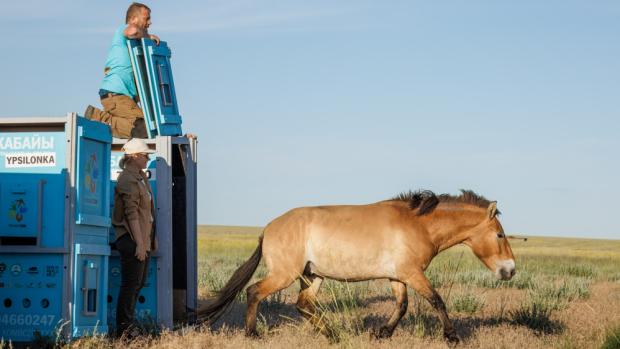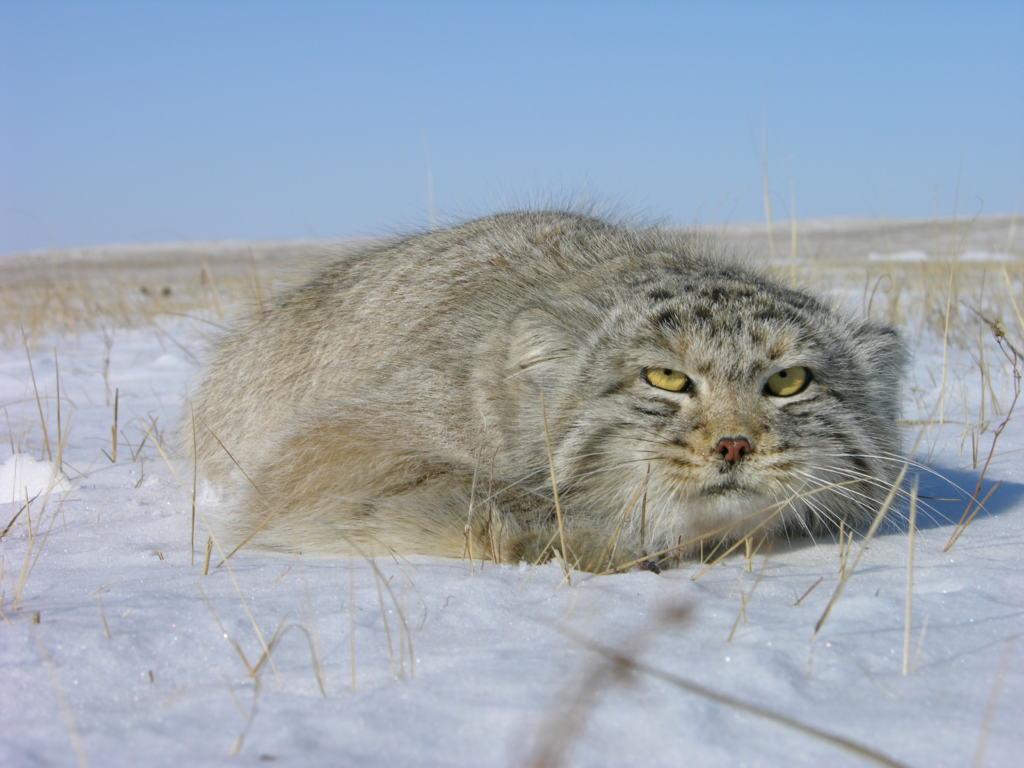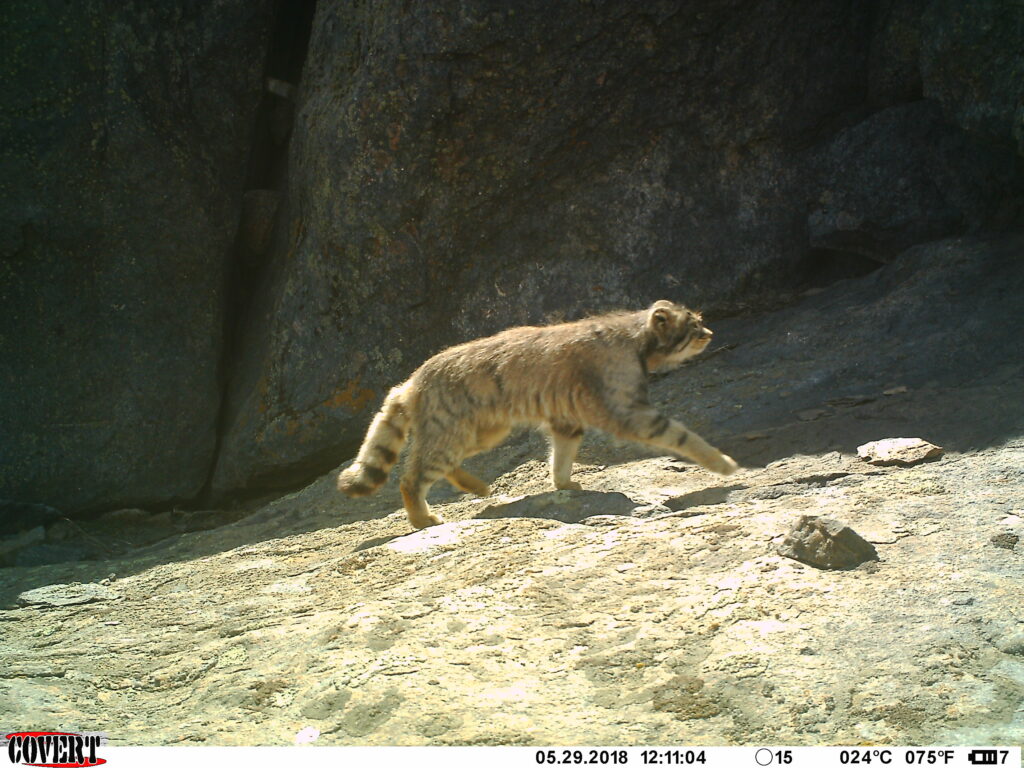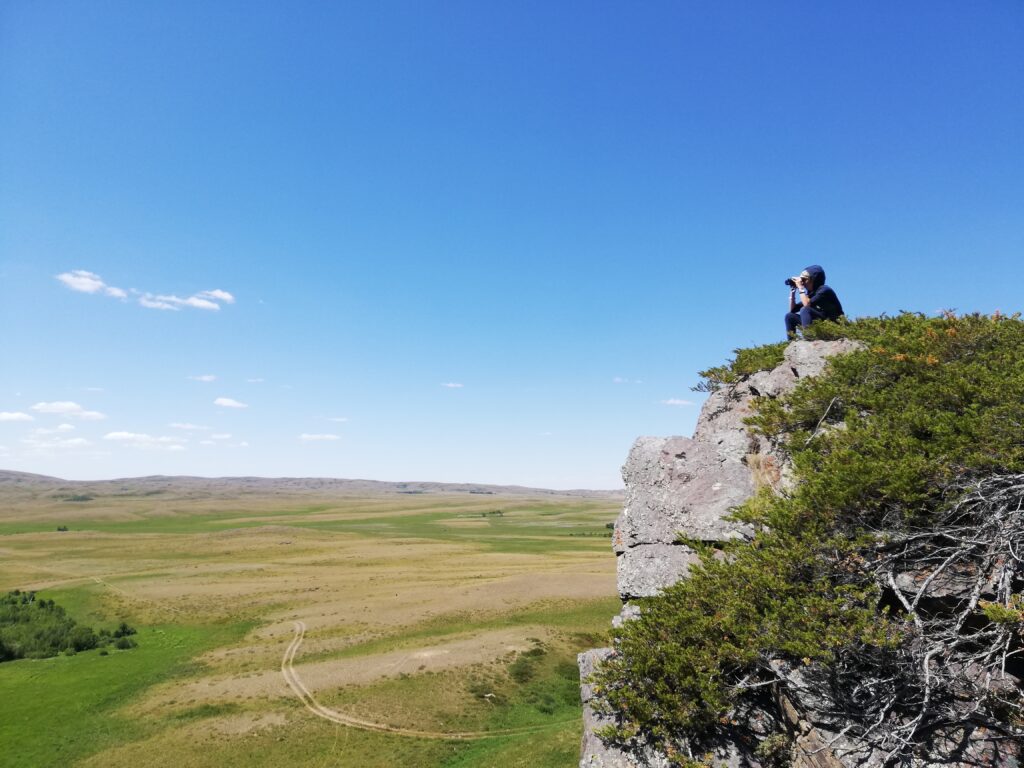Education
Every species counts on Endangered Species Day!
Earth is home to countless species and landscapes. Unfortunately, human activities destroying habitats and overheating the planet have pushed many species into decline, breaking fragile and complex relationships within entire ecosystems. Thousands of animal species are also in steep decline in Eurasia, from the Saker falcon to the Pallas’s cat. This growing damage to ecosystems…
Read MoreAdopt a Camera for the Pallas’s “Grumpy” Cat
ABOUT THOSE FUZZY FELINES. Also known as a “Manul Cat,” a name with roots in the Mongolian language, Pallas’s cats are characterized by their thick fur, big round ears, and grumpy expressions. Native to Central Asia, Pallas’s cats are elusive, hampering the calculation of accurate population counts. Without more data, scientists struggle to know how…
Read MoreInternational Pallas’s “Grumpy” Cat Day – April 23
Every dog has its day, or so the expression goes, but so do cats! Arguably one of the lesser-known animal holidays (and one of several cat calendar observances) is International Pallas’s Cat Day, an educational and conservation-oriented holiday observed on April 23. Read on to learn more about the holiday’s honoree and support Pallas’s cat…
Read MoreProject focus: Kazakhstan
Kazakhstan ranks as the largest nation in Central Asia and the world’s largest landlocked country. It share borders with Russia, China, Kyrgyzstan, Uzbekistan, Turkmenistan, and the Caspian Sea. A land of deserts and plateaus stretching across the rolling tablelands of the Eurasian landmass, approximately 20 percent of Kazakhstan is mountainous, dotted by the Tien Shan,…
Read More



